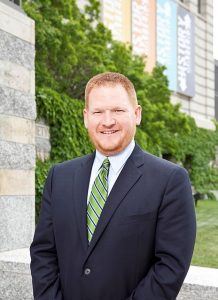by Lily Eisenthal
 When the Minnesota Legislature is in session from January to May each year, David Kelliher’s laptop bag becomes his office. As the Director of Government Relations and Public Policy for the Minnesota Historical Society (MNHS), he often …
When the Minnesota Legislature is in session from January to May each year, David Kelliher’s laptop bag becomes his office. As the Director of Government Relations and Public Policy for the Minnesota Historical Society (MNHS), he often …
